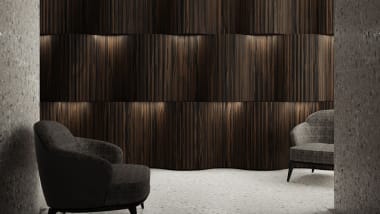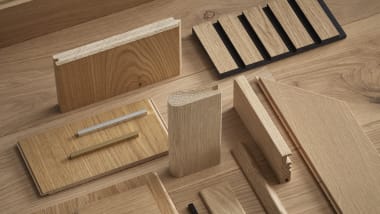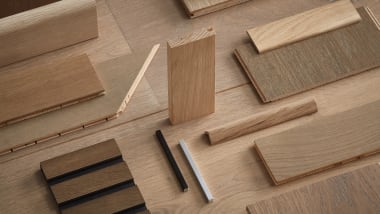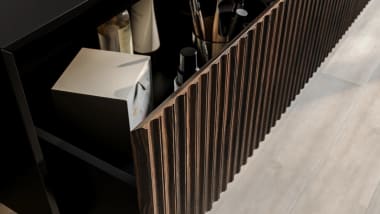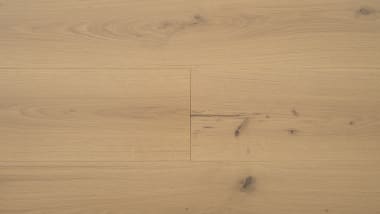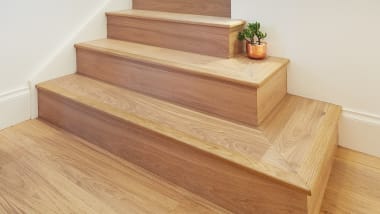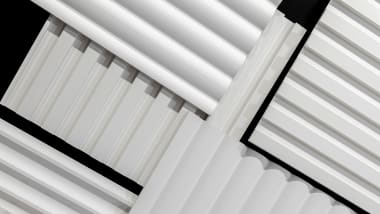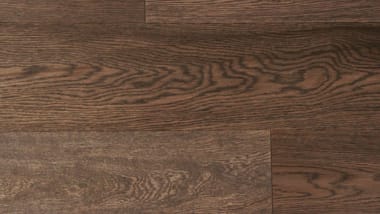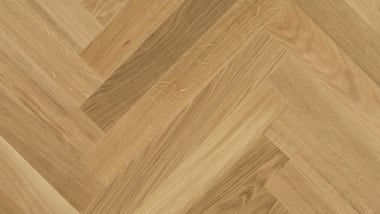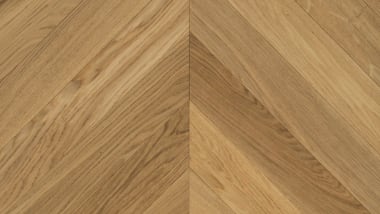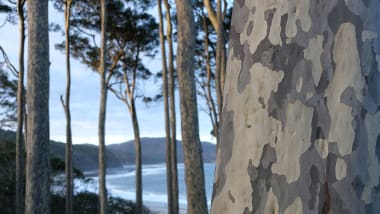Interview With Nancy Gouldstone
23 Aug 2021
London based architect Nancy Gouldstone talks to Havwoods in this online interview.

Tell us about yourself?
I'm from Ireland originally but moved to London to study at the Bartlett school of architecture, UCL which was really formative in terms of my work. It was a crazy, creative place where we were given complete control over our work and encouraged to produce exceptional work. After I graduated, I worked at some amazing London architecture practices both big and small. First, I worked at Foster & Partners working on the Pushkin museum cultural quarter, designing a concert hall, then on to a number of small practices doing high end residential UK projects including my time at SCDLP where I worked on the Flint house for the Rothschild family. I always like a challenge and ended up setting up my own practice in 2014 a few months after I had my first baby!
How long have you worked as an Interior Designer?
Since 2011, when I joined a boutique high end residential interior architecture practice where I worked on prime residential projects in London choosing everything from the flooring up to the finishes for every area. Until that point, my work had been purely architectural. In my everyday work now, I work holistically, spanning the entire design process; architecture, interior design and garden design. I find that being involved in all of the design allows for the projects to flow seamlessly together.
What is your most recent project?
I currently have a beautiful project on site in Tufnell Park in a grand, locally listed Victorian house where we are using some stunning limed oak chevron parquet boards by Havwoods throughout. These are really stylish and contemporary but feel in place against the original architecture and details of the house. They are very pale and create a feeling of light in all of the rooms.
How do you choose the right flooring for your project?
Once we have worked with our client to define the vision of a new project, we move to choosing the key elements including the floorboards. We create mood boards with real samples of all of the materials and textures we plan on using so that we can see how they work with another in real life. We then bring these to site and see how they sit in each of the rooms with the natural light. We will also bring our clients to the showroom so that they can see how the boards look over a larger scale. The floor visualiser tool is also really useful as a starting point to imagine the boards in a room.
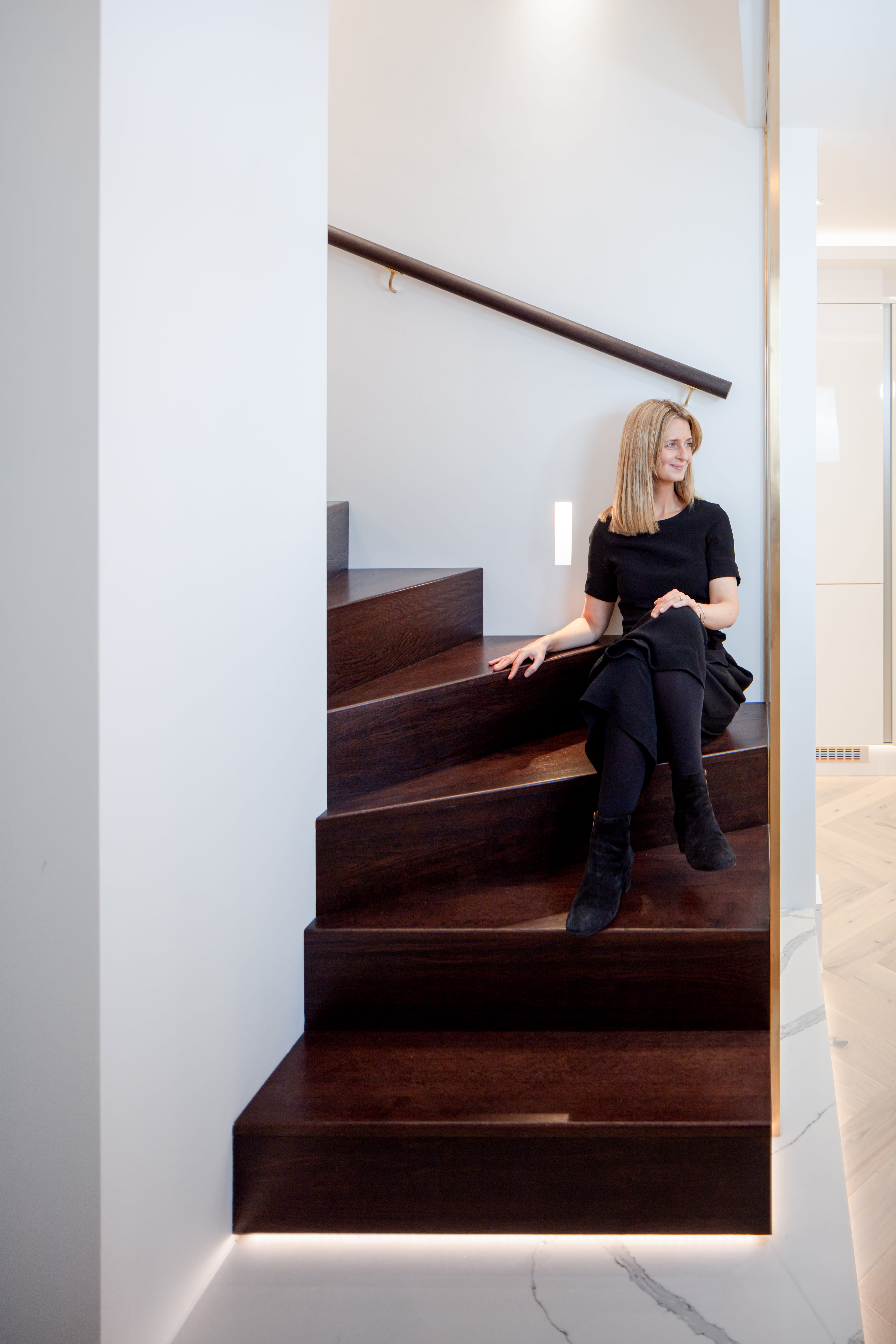

Why do you like working with Havwoods?
They are always really helpful at the starting stages, providing lots of samples and are really reliable to deal with once the order is placed. It's really important to be able to rely on a supplier when a project is on site. Havwoods have given us realistic timeframes for delivery of boards so that we can project manage effectively. When the boards arrive on site, they have always been of excellent, consistent quality. It is also really useful that they have a showroom in central London, especially the Chelsea one where lots of our clients are based so that they can see the boards laid out in a bigger scale in real life.
You recently chose Havwoods flooring in your Chelsea Town House project, can you tell us about it?
Our client for our Chelsea Town House wanted a minimalist contemporary design and he really wanted the home to be bright and light filled. We focused on a pared back, clean palette of beautiful limed oak, white marble, walnut and brass accents to achieve this. The pale floor throughout created a real sense of lightness and allowed the natural light to be reflected effectively throughout the house. We worked our way through lots of samples from Havwoods, testing them on site before settling on the rustic HW2004 Bath herringbone. We needed something light coloured but that still looked very natural and had a beautiful grain and texture but that would also be robust for everyday use. The lacquered finish that the Bath herringbone comes with is very subtle and not shiny at all but provides good resistance to staining. From a sustainability point of view, we loved that the timber was FSC™ certified (C009500) and from a carbon footprint point of view we liked that the wood came from Europe which meant that it had created less air miles before reaching our project.



